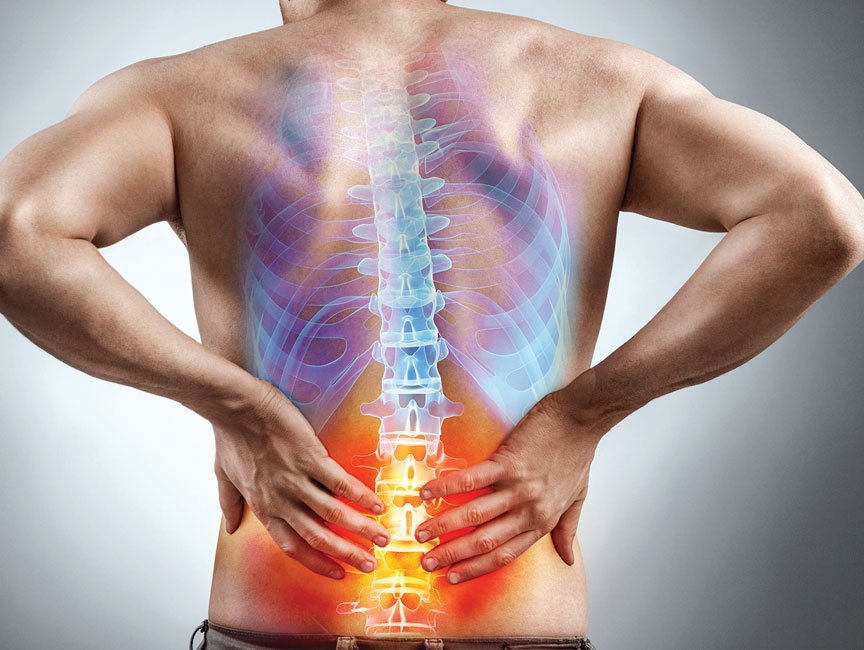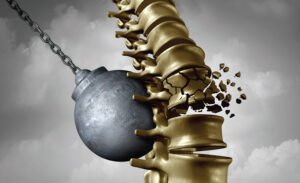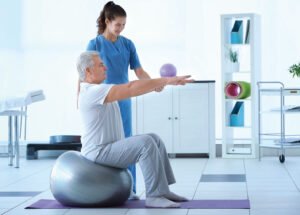
OSTEOPOROSIS?
- bey0ndM@gz!ne
- April 16, 2021
- Default, Health-Wellness
- 0 Comments
Osteoporosis means having porous bones. Imagine your bones as a honeycomb, perfectly aligned and formed. With osteoporosis, the holes between the honeycombs become bigger, weaker and less dense. Take a deep dive into the risks and preventative measures of osteoporosis.
A normal bone under the microscope would look like a honeycomb but with osteoporosis the holes in that honeycomb become much larger. Thus, indicating that the bone has lost its density – making it more weak. The chances of having osteoporosis is much higher in post menopausal women (approximately one in two women). There are many reasons why women are more likely to develop osteoporosis. One of the reasons being that women naturally tend to have smaller, thinner bones, compared to men. The other main reason is sharp decrease in oestrogen hormone levels as women reach menopause. The oestrogen hormone is responsible for protecting bones, and therefore, the lower levels can cause loss of bone density.
 WHAT ARE THE SYMPTOMS OF HAVING OSTEOPOROSIS?
WHAT ARE THE SYMPTOMS OF HAVING OSTEOPOROSIS?
It’s a common belief that if you have osteoporosis one would have multiple joint pains. However, that is not correct. On the contrary osteoporosis is a ‘silent’ disease which would generally have no prior symptoms and comes to light only after an unexpected fracture happens resulting from a non-traumatic fall, minor bumps or even sneezing.
WHO ARE AT HIGHER RISK OF DEVELOPING OSTEOPOROSIS?
- For both men and women the risk increases with increase in age.
- In general women above age of 50 are at higher risk. But younger women who go through menopause early or have their ovaries removed before menopause are at even higher risk for weak bones.
- Family history of osteoporosis. If you are unaware of history, there are chances your parents had osteoporosis if they had a noticeable height loss and forward bending with age.
- People on dietary restrictions or following unhealthy eating habits and would not get enough calcium and vitamin D.
- Excessive use of alcohol (2-3 drinks everyday).
- Smoking in general increases your bone loss.
- Excessive intake of caffeine (4 cups of coffee or 330mg) can interfere with calcium absorption.
- Rapid weight reduction with fad diets without much exercise, robs the bones of calcium and other minerals.
- Bone growth requires a push of gravity and muscle pull to maintain it. So not getting enough exercises can also contribute to bone loss. There are many other risk factors and it would be worth taking the “1 Minute Osteoporosis Test”, which is easily available on the internet, to find out if you need to seek professional help.
HOW TO PREVENT IT ?
- Calcium is essential to build strong dense bones at young age and to keep them healthy as you age. One should have 1000-1200mg of calcium in their diet everyday. However, vitamin D is required for absorption of calcium. One of the main source of vitamin D is sunlight. However, hectic work life may not provide everyone with that opportunity. Moreover, the use of sunscreen reduces the production of vitamin D by the skin. Therefore, taking additional supplements could be the best available option for most of us.
- It’s a great idea to avoid excess protein and decrease salt intake.
- Reducing Alcohol consumption, and cessation of smoking.
- Limiting caffeine intake, and keeping it within a healthy limit.
- Regular exercises that involve aerobic and strength training.
 WHAT EXERCISES ARE SUITABLE AFTER DIAGNOSIS OF OSTEOPOROSIS?
WHAT EXERCISES ARE SUITABLE AFTER DIAGNOSIS OF OSTEOPOROSIS?
There are two types of exercises that are important for building and maintaining bone density. They are weight-bearing and muscle-strengthening exercises. The weight bearing exercises are the ones that make you move against gravity when you are upright. A simple day to day weight bearing exercise can be walking.
- Depending on your bone density. It’s best to avoid high impact exercises like jogging, running, jumping rope. Instead, replace them with low impact exercise like fast walking or power walking, elliptical training, and low-impact aerobics.
- Resistance exercises include the use of free weights, wrist weights, weighted vests, exercise bands and weight machines found at gym. However, you can also do this type of exercise at home without any special equipment, using your body weight as resistance. One simple resistance exercise could be to grasp the arms of a chair, using your arms to gradually lift and lower yourself.
- Lifting weights is probably the most well-known type of resistance exercise. Initially, the weights should be light, and you should pay close attention to using proper technique and posture to avoid placing too much stress on the spine.
- Weight-bearing exercises should be done frequently, and if possible, daily, for at least 30 minutes. Resistance or muscle strengthening exercises, on the other hand, should only be done two to three times a week, with at least a day of rest to let the muscles recover and grow.
- Yoga is also a great alternative option, for those who aren’t fans of resistance training. We recommend to avoid poses that involve excessive twisting of the spine and rounding poses, and to modify them to allow for bent knees and hinging at the hips. Practicing safe, gentle twisting motions avoids unnecessary pressure on the spine.




